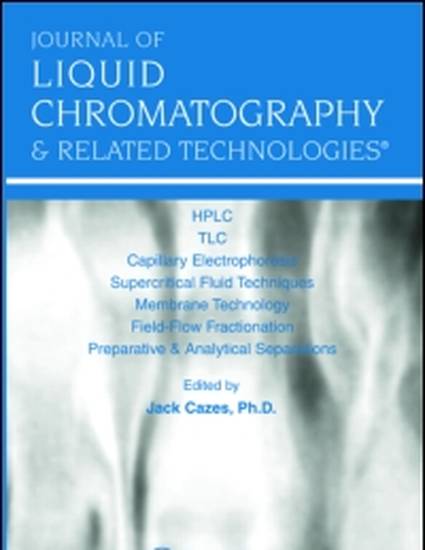
Flow field-flow fractionation with multi-angle light scattering detection indicates that calsequestrin forms even-numbered aggregates, supporting the view that this Ca2+ binding protein aggregates through the interaction of dimers. Contrary to previous reports based on size exclusion chromatography FlFFF further indicates that the dimer is the stable species, with very little monomer present under the conditions analyzed in this study. Increasing the concentration of K+ (100-700 mM) causes the dimer to be the increasingly dominant species over monomer, tetramer, and other aggregate species. Increasing the concentration of Ca2+ (3-10 mM) causes increased aggregation of dimers into higher order species. Finally, addition of small amounts of the anthracycline analog trifluoperazine (0.10–0.50 mM), which is known to disrupt calsequestrin function, induces severe aggregation.
Available at: http://works.bepress.com/martin_schimpf/14/
